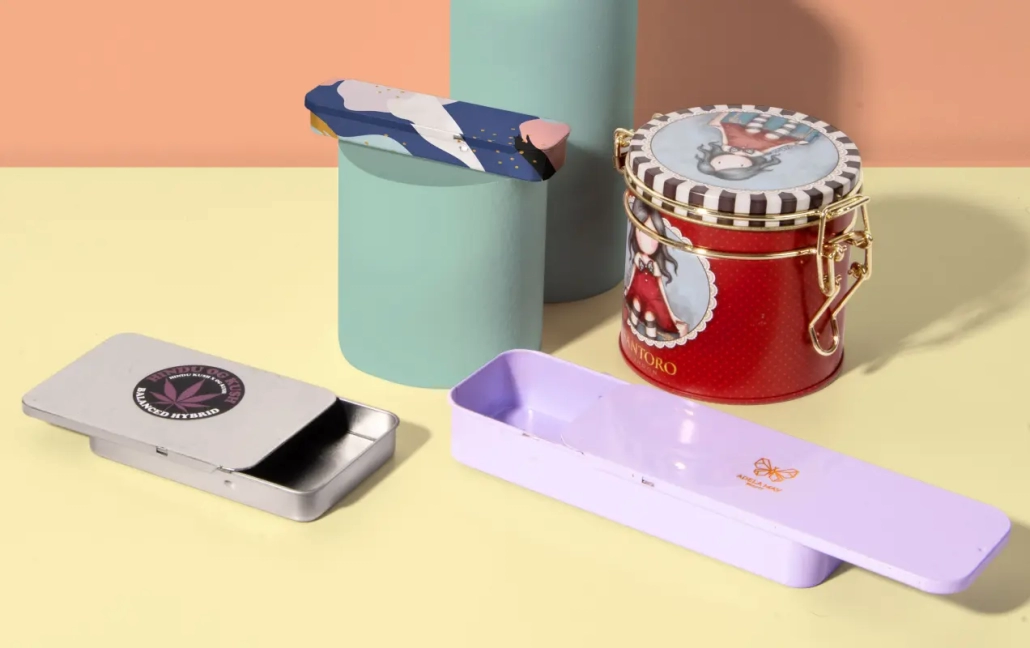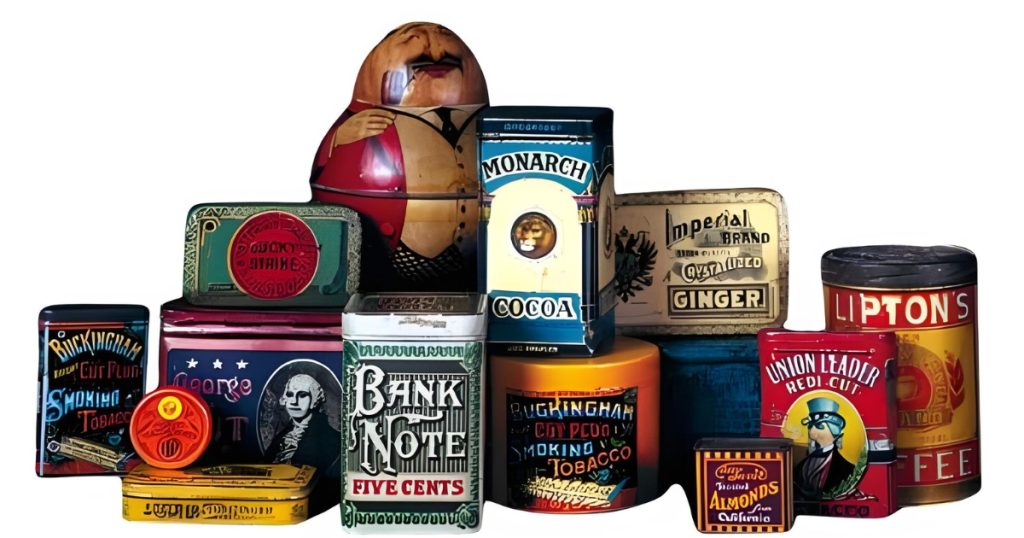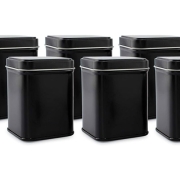Costs and Advantages of Custom Metal Tins vs. Standard Metal Tins
Choosing between custom metal tins and standard metal tins is more than just a packaging decision; it’s a strategic business decision that impacts brand positioning, unit economics, logistics, and sustainability claims. For bakers, confectioners, and cosmetics brands across various regions and countries, product packaging is often the first point of contact. Furthermore, the cost of a custom metal tin is a significant component of product economics: processing, decoration, and certification add upfront costs that must be recouped through pricing, production volume, or operational cost savings.
Material, Geometry, and Surface Finish Selection Determine Custom Metal Tins Cost
The most direct factors determining custom metal tin cost are material selection, can geometry, and surface finish. Common choices are tinplate and aluminum. Tinplate is a strong and durable material, economical to produce in large quantities, and widely recyclable. Aluminum is lighter and corrosion-resistant, but typically costs more per kilogram. For products requiring extremely low migration rates or specific recyclability claims, buyers sometimes opt for specialty alloys or specify higher-grade coatings, both of which increase costs.
Furthermore, complex shapes such as square tins, hexagonal tins, curved lids, or tins with internal dividers require more complex molds and additional processing steps, which increase mold costs and unit production time. Meanwhile, special decorations and effects such as printing, embossing, debossing, and hot stamping can be powerful brand differentiators. Full-color offset printing on can bodies is cost-effective in high-volume production, but requires setup costs for cylinders or printing plates. Digital printing can reduce setup costs, but increases unit costs in large-scale production. Metallic foils, smooth varnishes, and tactile embossing can create a premium shelf presence, but also increase material and processing costs.
The costs vary depending on molds and minimum order quantities.
The defining difference between custom and standard metal tins lies in the mold and production setup. Mold costs are a capital expense that manufacturers amortize over the initial production run; therefore, minimum order quantities (MOQs) and lead times are central to cost planning.
Custom molds for can bodies, lids, and special features require upfront mold costs, which vary depending on complexity. Simple round can body and lid molds are moderately expensive; multi-stage molds for nested lids, embossing, or internal dividers are more expensive. If the mold costs $6,000 and you expect to produce 12,000 cans annually, factor this amortized cost into your unit cost model. Furthermore, custom molds imply minimum order quantities. Small brands often face minimum order quantities of several thousand per SKU for fully customized metal cans.
The Brand Impact and Commercial Advantages of Custom Metal Tins
Beyond the cost of raw materials, custom metal tins offer commercial value that differs from standard tins. They can increase conversion rates, increase prices, reduce damage, and enhance the brand image of reusability. Whether on the shelf or on e-commerce platforms, a custom metal tin instantly distinguishes a product from its competitors. Visual effects like embossing, hot stamping, and glossy lacquer create a tactile and visual sense of premium. Retail test data frequently shows that attractive secondary packaging can boost perceived value and conversion rates, sometimes by double digits.
For high-end or gift categories, brands can typically add a 10% to 40% markup to cover higher packaging costs, significantly improving profit margins if demand remains price-elastic. Furthermore, the reusability of high-quality metal tins enhances brand awareness and supports sustainability. When consumers can easily reuse or recycle their tins, they perceive greater value and are more likely to justify the higher price.
Supply Chain, Regional Logistics, and Regulatory Considerations
Metal tins are heavier than flexible packaging, so unit shipping costs increase with distance. For imports to Europe, South America, and other regions, such as the US/UK, it’s essential to calculate landed costs (i.e., FOB + freight + tariffs + local transportation + warehousing). Furthermore, some of these countries impose higher tariffs on decorative metal products. For the US and UK, ensure compliance with food contact regulations and request migration testing reports for the inner coating. These compliance steps can add cost and time, but are essential for food and beverage applications.
Choosing the Right Packaging for Your Product
Customizing metal tins to match your brand, profit structure, and operational capabilities is a worthwhile option to consider. They are not universally applicable, but if your brand requires them and they are used appropriately, such as for high-end SKUs or gift editions, then custom metal cans can bring measurable business benefits. Conversely, when lead times, minimum order quantities or weight-sensitive delivery methods dominate, standard metal cans are more suitable.







 Facebook
Facebook Twitter
Twitter Linkedin
Linkedin
